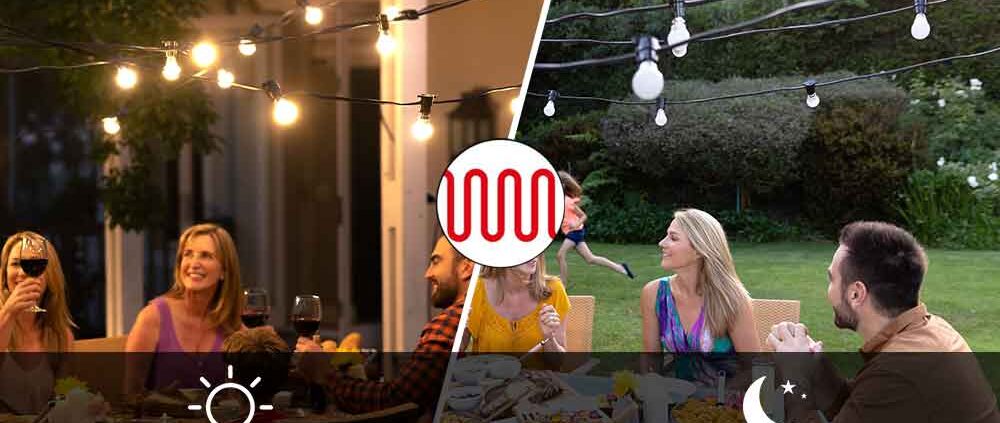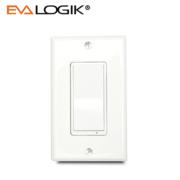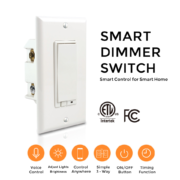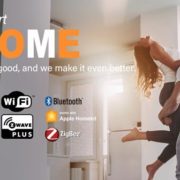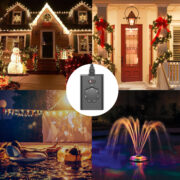What is Home automation?
What is Home automation?
Home automation is a general term for controlling and automating various features of your home (lights, appliances, water usage, etc) electronically, often using an on-location hub – which may or may not depend on a cloud service – for connectivity and control, and interfacing to humans through a smartphone or web interface.
Home automation is comprised of two basic concepts: “Control” and “Automation”.
Both of these have been around long before the current conception of a “Smart House”. Control was accomplished via IR (Infrared) remotes for televisions, sound triggers for the Clapper [link], and any number of RF (radio frequency) remote controls. Automation was largely accomplished through timers or photo sensors.
Today, a smart house generally comprised of sensors or devices to one or more automation controllers via various protocols . Control still occurs through remotes and scene controllers but includes voice assistants (Alexa, Google, Siri, etc), phone/tablet apps and the web, all of which combine to enable you to monitor or control your home anywhere you have internet service. Automations range from simple timers to complex boolean logic that combines device states, time/date ranges and web applications like weather, email or calendars to trigger actions. (e.g. IF device A is on AND device B is off AND it is between 7am-5pm AND WeatherFeed just updated THEN…)
As most people have become comfortable with mobile apps and voice assistants, the controller is the common stumbling block for those new to automation. The proliferation of so called “hubless” devices exacerbates the confusion. Ultimately, the controller is what makes the home “smart.” Controllers process the information coming from the devices, evaluate the logic and issue commands.
Controllers can be local, on a device located in the home running the automation software, or cloud based, reliant on servers that are connected via the internet. Most “hubless” devices use cloud based controllers. There are also hybrid controllers that are capable of running a limited set of automations locally but require a cloud for full functionality.
What is the difference between a controller, hub and bridge?
Controller and hub are often used interchangeably. A controller is specifically something that runs automations while a hub is a device that bridges multiple protocols. In general, a controller and hub are both capable of connecting multiple protocols and running automations. A bridge is typically a device that connects (bridges) two protocols without additional functionality. A usb-ethernet device is a bridge. Bridges are generally not able to run automations. Keep in mind, these are conventions and not absolute rules.
Multiple controllers? It is possible for some controllers to be made subordinant to a overall controller. A Hue hub is often used as a Zigbee controller under the direction of a more complex controller like HomeSeer or OpenHab. This can provide an upgrade path as you grow your system. Not all controllers can be the director or subordinate. It can introduce delays, and may require a cloud service.

